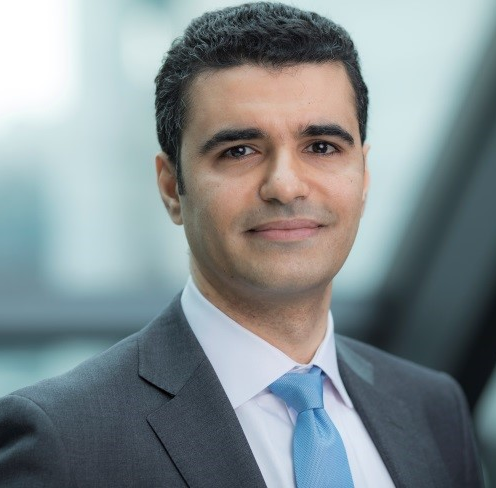Bloomberg has won the Best Pricing & Risk Analytics Provider award at the SRP Apac Awards 2021, which were announced on 16 June.
In 2020, the US financial service provider signed several regional banks across China, Taiwan, Thailand and Malaysia on its Bloomberg Derivatives Library (DLIB), as these markets began to acquire an appetite for structured products.
DLIB, which is integrated with multi-asset risk system (MARS) and order management system (OMS), has been boosted with new functionalities to accommodate demand as the structured product issuance on the platform has increased during the past 18 months, according to Abdessamad Khaled (pictured), head of structured products & derivatives pricing at Bloomberg.
The OMS also includes trade order management solutions (TOMS) for fixed income sell-side firms and asset and management manager (AIM) for buyside.
In the developed markets, we see more demand on post-trade [and] market players may have specific needs - Abdessamad Khaled
“In markets where structured products are relatively new, the demand is towards holistic systems to manage portfolios, whereas in the developed markets, we see more demand on post-trade [and] market players may have specific needs, such as the calculation of collateral or initial margin or X-valuation adjustment [XVA],” Khaled told SRP.
The firm has also been active in Hong Kong SAR and Singapore where it is “critical for the clients from both sell-side and buy-side to integrate risk management operations at the pre-trade stage”.
In China, the new structured deposits regulation, which went effective on 18 October 2020, has enabled Bloomberg to expand its business as issuers are required to re-assess their capabilities of derivatives trading, capital strengths and liquidity levels.
“[The regulation] has been a driver for our business as a number of regional banks need systems for valuation and risk management,” said Khaled.
In the scope of Asia, the amount of structured products, which are structured and priced using BLAN, an in-house language built around MLFi (modelling language for finance), has grown by double digits in 2020 compared with 2019, although standard templates, particularly autocalls, remain dominant, according to Khaled.
Tech enhancement
Among the new functionalities embedded on DLIB in 2020 was an automatic mapping feature enabling structured products to be imported directly to the library through their ISIN codes.
“As a result, users can automatically access the full suite of analytics that DLIB offers without having to manually enter terms, therefore improving operational efficiency,” said Khaled.
In addition, a new interface - MARS API - has been rolled out to allow clients to get on-demand market data, pricing and risk analytics results for their structured product portfolio.
“We have also enhanced our DLIB IR [interest rate] models for pricing and risk managing CMS-related structured products offering a more accurate calibration to CMS forwards and options while pricing the structured note with callability,” he added.
Bloomberg has also capitalised on its MARS portfolio solutions for the transition from interbank offered rates (Ibors) to new risk-free rates (RFRs), particularly in Japan. To do so, the MARS API enables clients to perform “what-if” analysis to understand the profit and loss implications and risk impacts on portfolios under different scenarios, including an early migration to RFRs and different discounting assumptions.
The system also provides yield curves for Sora (SGD) and Aonia (AUD) while the liquidity of Tona (JPY) has improved, according to Khaled.
“We support pricing of linear instruments in our vanilla pricer – SWPM (swap manager). On the non-linear side, we don't see active volatility markets on the RFR rates and structured product activities yet. But we are monitoring the liquidity,” he said. “Once the volatility markets become liquid, we will have more services to support the nonlinear products.”
The impact of un-cleared margin rules (UMR), which aims to deliver consistent standards for non-centrally cleared OTC derivatives initiated by the G20, on the Apac market has opened up new opportunities for the financial service provider, according to Khaled.
The program is currently in the fifth of a six phase timeline with an average aggregate notional amount of JPY7 trillion for Japan, HK$375 billion for Hong Kong SAR, SG$80 billion for Singapore, AU$75 billion for Australia and KRW70 trillion for South Korea.
“We expect this to continue driving adoption of our systems from both sell side and buy side,” he said.
